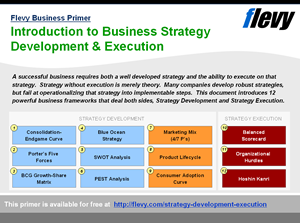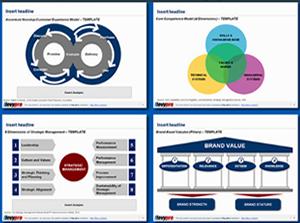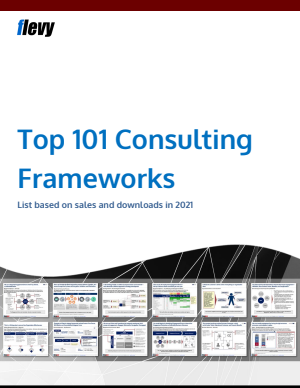Research by PwC indicates that leading companies are in a near perpetual state of Reorganization. This upsurge in Organizational Design initiatives is owing to the accelerating pace of strategic change caused by disruption of industries, changing competitor landscape, customer behaviors, and distribution channels. Companies opt to commence efforts to restructure their organization in the hopes […]
Tag Archives | Reorganization

10 Principles of Organizational Design

Strategic Restructuring – 5 Critical Success Factors
Reorganization becomes essential at some stage in the lifecycle of any organization. In order to emerge triumphant through this tumultuous challenge, it is necessary that the focus remains on the challenges impeding the organization, thorough Strategic Planning to tackle the challenges, and prioritizing strategic initiatives to deliver effective Business Transformation. Strategic Restructuring has the capability to […]

Smart Organizational Design Approach vs. Traditional Organization Design Approaches
Business environment has transformed drastically from what it was a century ago. It has become immensely challenging due to competition, disruptive technologies, laws, and globalization. These challenges warrant better performance to address customer needs and to survive—and outpace—intense competition. Consequently, organizations have become complex. The work that individuals perform in an organization has also shifted […]

4 Organizational Design (OD) Elements Critical to Yield the Desired Organizational Behaviors
Inculcating productive workforce behaviors is of utmost significance in Business Transformation, successful Strategy Execution, and Performance Improvement. However, making people embrace productive behaviors involves a concerted effort across the organization. The realization of Transformation, Strategy, and Performance improvement goals can become a reality by developing a thorough understanding of the 4 components of Organizational Behavior. […]













